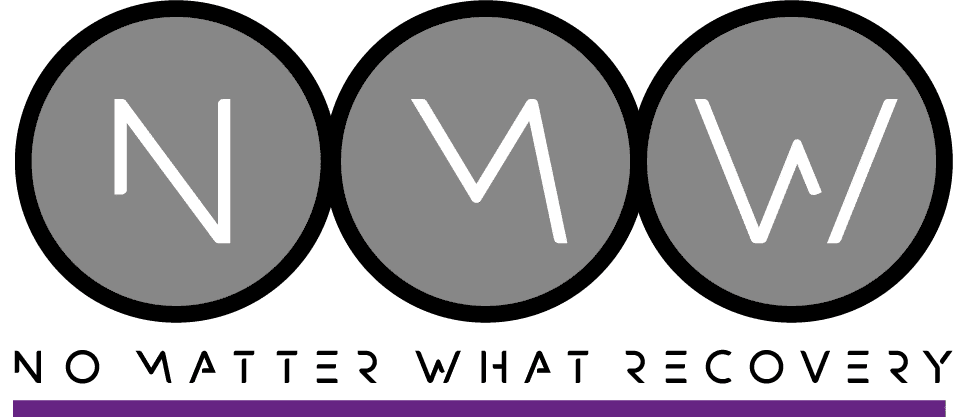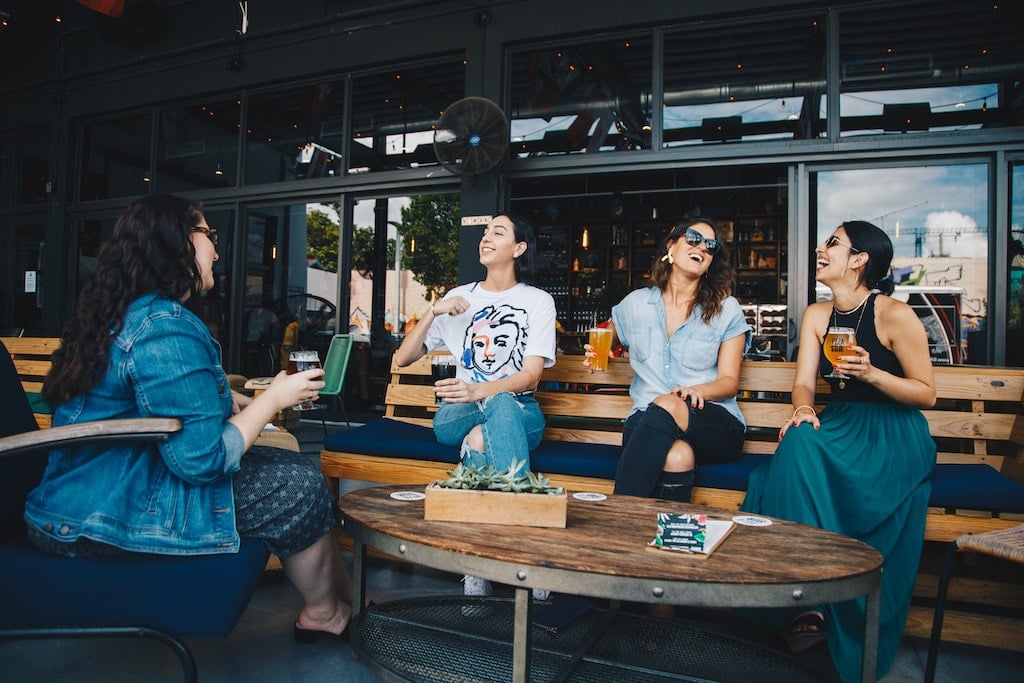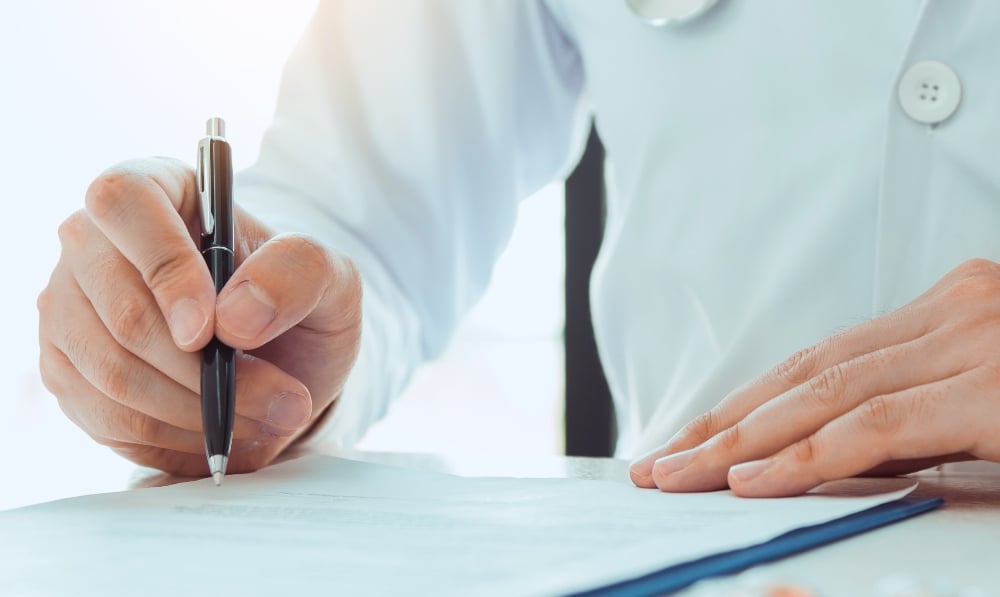In today’s nightlife scene, party drugs have become increasingly prevalent, with many individuals encountering these substances at clubs, festivals, and social events. According to a 2006 study published in the Journal of Urban Health, approximately 70% of club-going young adults in New York City reported having used club drugs at some point in their lives, with 22% reporting recent use. While they may promise feelings of euphoria, increased energy, and emotional warmth, the reality of these recreational drugs extends far beyond momentary pleasure.
What Are Party Drugs?
Party drugs, also commonly referred to as club drugs, encompass a diverse group of psychoactive substances typically used in nightlife settings. According to the National Institute on Drug Abuse (NIDA), these recreational drugs are often taken to enhance social experiences, alter consciousness, or intensify sensory perception. The most common types of party drugs include:
Stimulant Drugs
- MDMA (Ecstasy/Molly)
- Cocaine
- Amphetamine designer drugs
- Methamphetamine (Crystal Meth)
- Bath salts
Depressant Drugs
- Gamma-hydroxybutyric acid (GHB) – sometimes known as “Gamma A” or the “rape drug”
- Ketamine
- Benzodiazepines
- Alcohol (as a nervous system depressant)
Hallucinogenic Drugs
- LSD (Lysergic acid diethylamide)
- Psilocybin mushrooms
- DMT
- 2C-B and other synthetic hallucinogens
Other Substances
- Amyl nitrate (poppers)
- Nitrous oxide
- Synthetic drugs (constantly evolving designer drugs)
- Cannabis (often used alongside other substances)
Short-Term Effects of Party Drugs
While these substances may produce temporary feelings of pleasure, they come with immediate risks that can range from uncomfortable to life-threatening.
Common Immediate Effects
- Physical Reactions: Elevated body temperature, rapid heartbeat, increased heart rate, dilated pupils
- Psychological Effects: Intense happiness, dream-like state, feelings of detachment from reality
- Sensory Changes: Altered perceptions of reality, enhanced sensory perception, blurred vision
- Behavioral Changes: Slurred speech, impaired coordination, risk-taking behavior
MDMA, also known as ecstasy or molly, works by increasing the production of serotonin, dopamine, and norepinephrine – neurotransmitters that influence mood, sleep, and appetite.
Risks of Club Drug Overdose
The potential for misuse and drug overdose is significant with party drugs, particularly because:
- Users often don’t know the exact composition of substances they’re taking
- Cross-drug interactions can be unpredictable and dangerous
- Individual sensitivity varies widely
- Dehydration and increased body temperature in club settings magnify risks
The signs of a potential drug overdose include extreme elevation in body temperature, seizures, unconsciousness, respiratory depression, and even fatal heart failure. According to Drug Abuse Statistics, West Virginia has the nation’s highest rate of overdose deaths at 51.5 deaths per 100,000 people, with Delaware following at 43.8 deaths per 100,000 people.
Long-Term Health Effects of Party Drugs
Regular or long-term use of party drugs can lead to serious adverse effects on both physical and mental health.
Physical Health Impacts
- Cardiovascular System: Heart attacks, irregular heartbeat, damaged blood vessels
- Brain and Nervous System: Memory loss, cognitive impairment, seizures
- Other Body Systems: Liver damage, kidney failure, gastrointestinal symptoms, bone pain, weakened immune system
Research published in Healthline indicates that chronic MDMA use can cause changes in verbal, visual, and short-term memory, reasoning, and recognition, potentially due to its negative effects on serotonergic systems in the brain.
Mental Health Conditions
The relationship between party drugs and mental health disorders is well-documented:
- Development or worsening of depression
- Anxiety disorders
- Psychosis
- Mood disorders
- Hallucinogen-related substance use disorder
- Stimulant use disorders
- Substance-induced disorders
According to the National Center for Biotechnology Information, approximately 20% of youths aged 16 to 23 reported having ever used one or more club drugs, with less than 1% using club drugs exclusively. More concerning, 82% of club drug users had used three or more drug classes, indicating high rates of polydrug use.
Addiction Potential of Party Drugs
Many party drugs carry significant addictive potential, with regular users developing:
- Physical Dependence: Withdrawal symptoms when attempting to stop
- Psychological Dependence: Drug cravings and compulsive use despite negative consequences
- Tolerance: Needing increasing amounts to achieve the same effects
According to a 2021 National Survey on Drug Use and Health cited by Healthline, approximately 2.2 million people in the United States reported using MDMA at least once over the past year, with nearly 600,000 reporting use in the past month.
Common Substance Use Disorders Related to Party Drugs
- MDMA addiction
- Cocaine use disorder
- Opioid use disorder (when party drugs contain synthetic opioids)
- Cannabis use disorder
- Inhalant use disorder
- Club drug addiction
High-Risk Scenarios
Party drugs pose additional dangers in specific contexts:
Sexual Assault
GHB and Rohypnol have been used as “date rape drugs” due to their sedative effects, memory-impairing properties, and the ease with which they can be slipped into drinks. These substances increase vulnerability and risk of sexual assault.
Dangerous Combinations
Mixing different types of party drugs or combining them with alcohol significantly increases the risk of overdose, adverse reactions, and dangerous drug interactions. Particularly risky combinations include:
- Mixing nervous system depressants (such as GHB and alcohol)
- Combining stimulants and depressants (cocaine and alcohol)
- Using multiple stimulants simultaneously
Effective Treatments for Party Drug Addiction
Recovery from substance use disorders related to party drugs is possible with proper support.
Behavioral Treatments
- Cognitive Behavioral Therapy (CBT)
- Motivational Enhancement Therapy
- Contingency Management
- Group and family therapy
Medical Approaches
- Management of withdrawal symptoms
- Treatment of co-occurring mental health conditions
- In some cases, medication-assisted treatment
Comprehensive Programs
The most effective programs address:
- Physical dependency
- Psychological aspects of addiction
- Underlying trauma or mental health issues
- Life skills and relapse prevention strategies
Harm Reduction and Prevention
For those who have not developed addiction but may encounter party drugs:
- Test kits to verify substance composition
- Education about dosages and risks
- Never mixing substances
- Staying hydrated (without overhydrating)
- Having trusted friends present
- Knowing how to recognize and respond to overdose
Overcome Addiction at No Matter What Recovery
While party drugs may seem to offer an escape or enhancement of social experiences, their adverse effects and health risks far outweigh any temporary pleasure. Understanding these substances, their effects, and the potential for addiction is crucial for making informed decisions about your health. If you’re struggling with substance use, remember that professional help is available, contact No Matter What Recovery today.
FAQs
Yes, many party drugs can be addictive. While MDMA may not cause physical dependence as quickly as drugs like heroin, they often lead to psychological dependence. Research shows 82% of club drug users consume multiple drug classes, indicating dependency patterns. Regular use leads to tolerance, requiring increasing amounts to achieve the same effects.
Look for dilated pupils, unusual sleep patterns, extreme energy followed by crashes, teeth grinding, diminished appetite, increased thirst, and behavioral changes at social events. Financial problems, new social circles, secretive behavior, or finding drug paraphernalia are additional warning signs.
Yes. MDMA overdose can cause dangerous hyperthermia, seizures, and heart failure. GHB overdose leads to unconsciousness and respiratory depression. Ketamine overdose may cause severe dissociation and cardiac arrest. The risk increases significantly when drugs are mixed or when users don’t know the exact composition of substances they’re taking.
Stay calm and move them to a quiet, cool place if conscious. Keep them hydrated and monitor breathing and heart rate. For signs of severe distress (confusion, chest pain, breathing difficulties, seizures, unconsciousness, high temperature), call 911 immediately. Be honest with medical professionals about what substances were taken.

Dr. Eric Chaghouri is our Medical Director at No Matter What Recovery. Since completing his forensic psychiatry fellowship, he has established a successful and thriving practice in Southern California, focusing on treatment of co-occurring psychiatric and addictive disorders.

Dr. Eric Chaghouri is our Medical Director at No Matter What Recovery. Since completing his forensic psychiatry fellowship, he has established a successful and thriving practice in Southern California, focusing on treatment of co-occurring psychiatric and addictive disorders.







